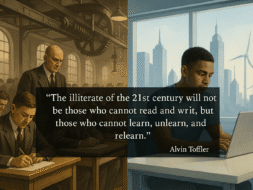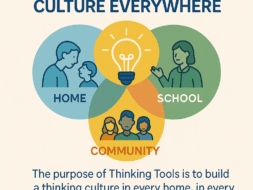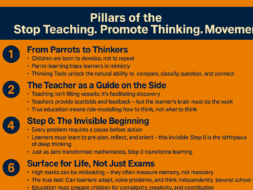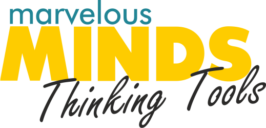Traditional approaches typically emphasize:
- Memorizing recipes and methods, pushing learners through step-by-step processes
- Repetition and rote recall
- Teachers’ brains in high gear, while learners’ brains often remain in low or neutral gear—passively listening
- Teaching maths in isolated silos—algebra here, geometry there, with no sense of connection
- Starting directly with steps, without giving space for internal readiness
This leads to superficial learning—students may follow procedures without understanding or thinking deeply.
Why Thinking Tools Deliver Better Results
Thinking Tools are different. They reshape how learners approach maths by building mental architecture before content:
1. Begin with Pre‑Plan = Step 0
Instead of jumping into steps, Thinking Tools starts with Step 0, the silent, internal pause where learners mentally prepare before acting. This pre-planning phase unlocks deeper understanding and creativity. This ensures that all learners have the prior knowledge insights in place.
2. Activate Real Thinking Skills
Learners practice classification, comparison, pattern recognition, and analogy—the thinking behind maths—not just the formulas. This engages the working memory which is they same activity needed when opening a test or exam paper.
3. From Recipes to Discovery
Learners aren’t given rules. They’re invited to figure things out—making maths meaningful and adaptable.
4. Break Down Silos
Maths is taught as an interconnected system. Algebra, geometry, and number sense begin to reveal their relationships, rather than being isolated topics.
5. Facilitator over Lecturer
The teacher guides inquiry rather than dictating answers. Learners become thinkers, not note-takers.
🌱 Why This Matters
Traditional extra classes focus on what to do. Thinking Tools teach learners how to think—and even when to think what.
By starting with Step 0, learners gain clarity, confidence, and the ability to transfer understanding across problems. That’s real learning—beyond memorization.





